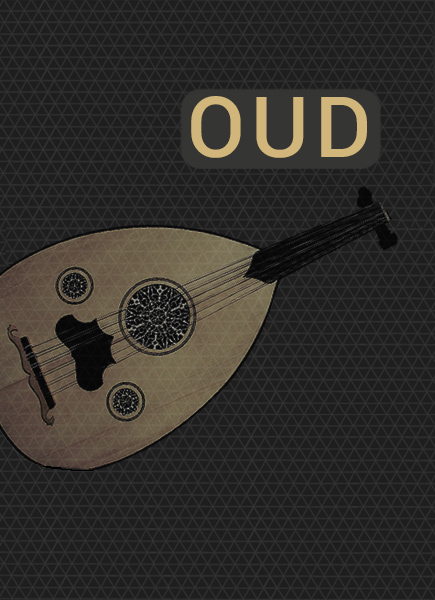 |
|
||||||||
|
This is what you get
|
4 (+1) Articulations Besides rischa (“stick”), “finger”, “mallet”, and “hammer”, we also offer an extra slide modulation which gives the Oud an exceptional play style. Additional Fx Rotary, cabinet, vivid MW, reverb, length and tone (EQ). 8 different reverb types Room, wood, church 1, church 2, church 3, infinite, echo and ghost. |
Additional features We included additional features, like a tremolo engine, an arpeggiator and a step sequencer. You can also shape the envelope to create different sounds. Presets Several presets allow you to play our favorite ways to tweak the Oud. |
Listen to some audio demos
| Turning Wheels | Ege Oran |
| Trem | Markus Reyhani |
| Authentic | Joel Frias |
| Clamotanella | Dürbeck & Dohmen |

What is an Oud? The Oud is a traditional Persian instrument which gained recognition during the 7th and 9th centuries. The word “Oud“ comes from the Arabic “ud”, which literally means “Wood“. However, nowadays, its translation is simply known as “String instrument“. The Oud is considered the most dynamic and most flexible instrument in the Middle East. It is also prevalent in folk music. The Oud is also known as “The Prince of Instruments”. |
The Walkthrough